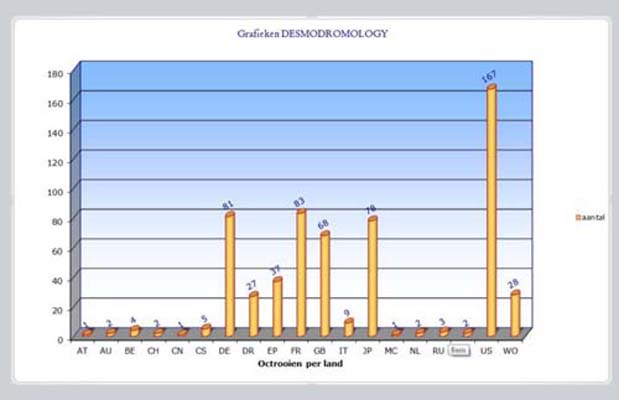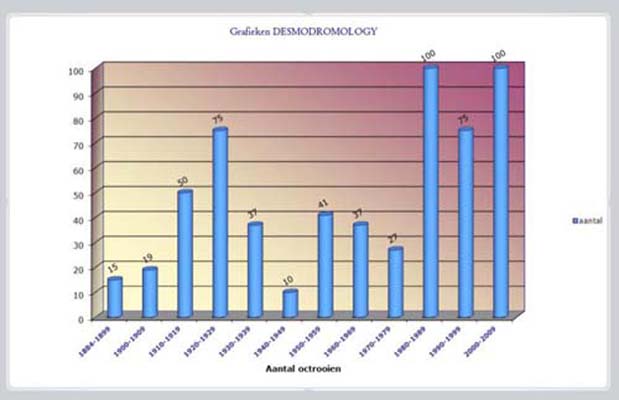This means that after half a century the desmo-principle is back again on the highest level of Competition and Technology! Will it ever become available on the consumer car market?
Duds that makes you nuts
I found quite some bureaucratic mistakes in the classifying activity of examiners and other patent office clerical workers:Entered to the EOB-Inve(ntory) as F01L1/30 the following numbers are definitely and sometimes explicitly non-desmo:
| Non-desmo patents per country |
Patentnumber | Applicant | Year |
|---|---|---|---|
| DE | 143181 | Deutz | 1902 |
| DE | 667509 | Tebaldi, Alessandro | 1938 |
| DE | 2621363 | Daimler-Benz | 1977 |
| DE | 3926809 | Kriegler | 1991 |
| DE | 4210765 | Daimler-Benz | 1993 |
| FR | 746700 | Bach$#232;re | 1933 |
| GB | 1139657 | Giles | 1969 |
| GB | 1325480 | Lester | 1971 |
| GB | 2340881 | Olsfanger | 2000 |
| US | 901363 | McGarty | 1908 |
| US | 1724707 | Wesley | 1929 |
| US | 2015135 | Bradey | 1938 |
| US | 4041838 | Warren | 1977 |
| US | 4530318 | Semple | 1985 |
A Desmodromic Mind, something to worry about?
These several hundreds of facts and pieces of information have become known to you, because someone was “autistic” enough and an armchair scholar also, to go after them and to present them in this article, published through this fantastic cyberspace medium.This adventure in the physical world helped me to bring my religious mind at ease after too much idealistic, political, sociological and philosophical work. And I really enjoy(ed) this position on the Maslow Pyramid.
Of course I know there are philosophic questions left over, we will never be able to answer like:
How much energy and money went into this technical principle?
How much sorrow and how much joy did it bring to man?
How pro- and contra-survival was / is this principle?
How much time will be left to me to further discover this body of knowledge and follow its achievements in the real world? Who cares?
APPENDIX
Amount of published patents per group

Amount of unique individual patents per country

Amount of unique individual patents per timespan (decennium)

Copyright by Henk Cloosterman, March 2012